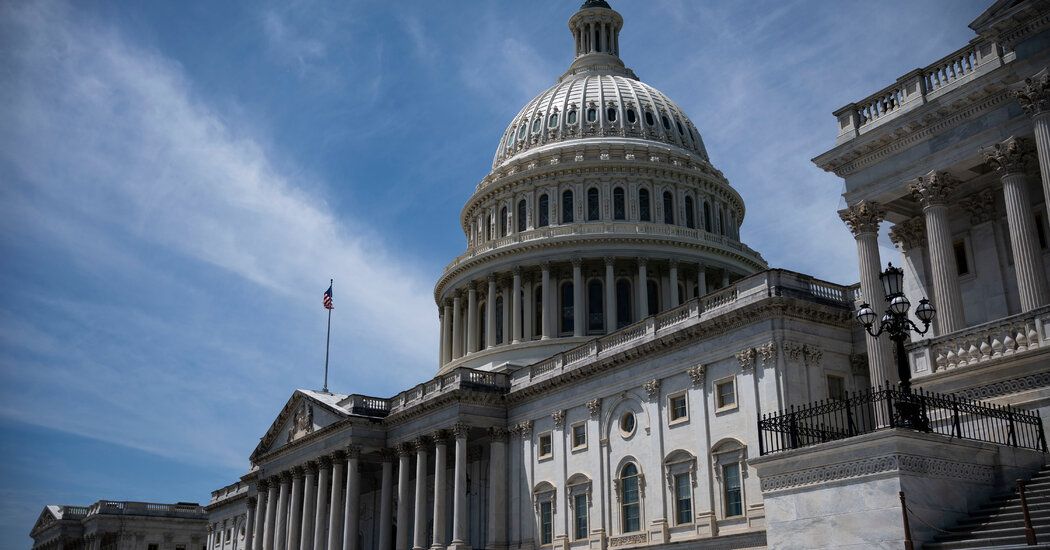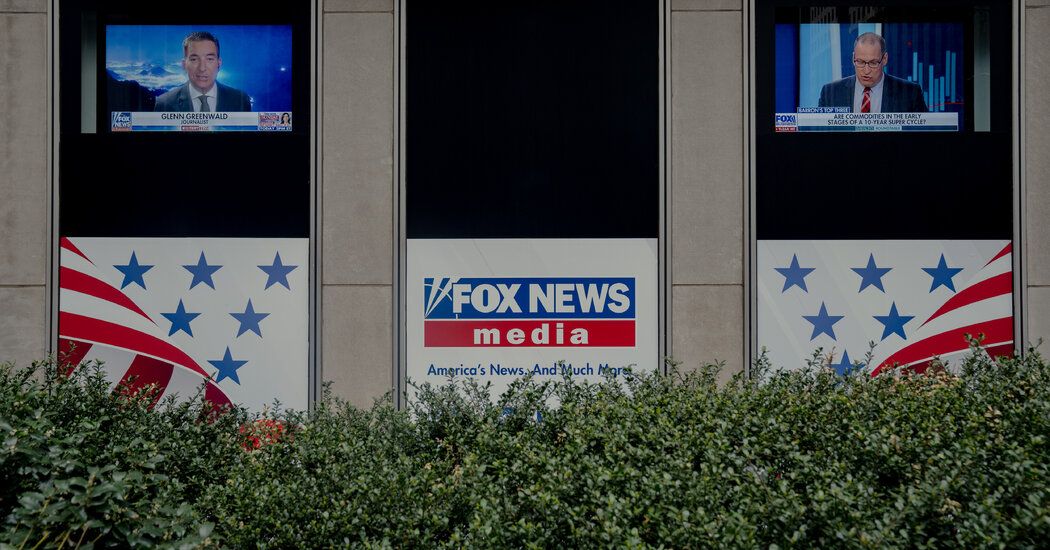Takeaways From the Spending and Debt Ceiling Deal
President Biden and Speaker Kevin McCarthy reached an agreement on Saturday to raise the debt ceiling while imposing new restraints on federal spending. If approved by Congress, it will end a partisan deadlock and avert a potentially devastating national default.
The deal will not only resolve the high-octane dispute over debt and spending issues that has gripped Washington for weeks but also enact important changes in environmental permitting, work requirements for social safety-net programs, and Internal Revenue Service tax enforcement.
The accord, described as an agreement in principle that was cemented during a telephone call between Mr. Biden at Camp David and Mr. McCarthy back in Washington, still needs to be translated into formal legislative language before it is deemed final. Details were only beginning to trickle out Saturday night, and many questions remained outstanding.
But here are some takeaways based on the information initially made available.
The debt ceiling would be increased until 2025, after the next election.
The federal government reached the $31.4 trillion debt ceiling set by law in January, but the Treasury Department has been using various accounting tricks to avoid breaching it. Treasury Secretary Janet L. Yellen said on Friday that her department would run out of those measures by June 5, at which point the government would not be able to meet its obligations.
Source: The New York Times


